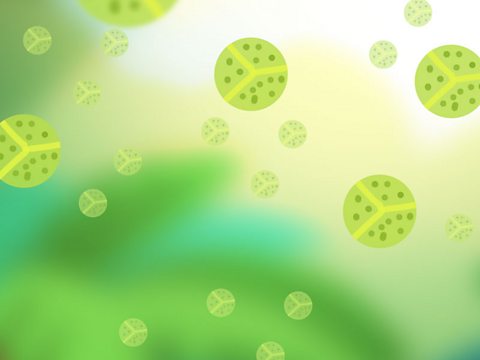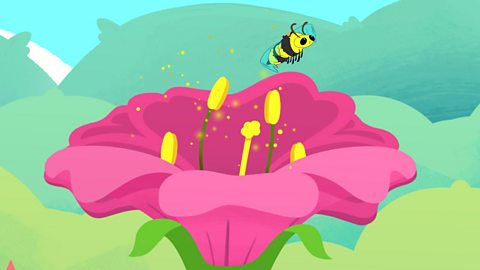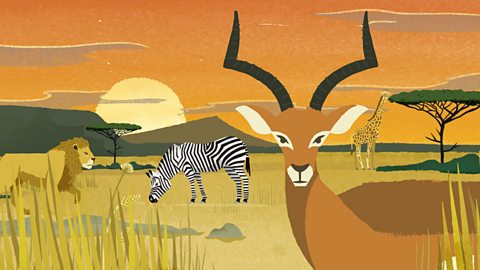Plants are able to reproduce in two different ways - sexual reproduction and asexual reproducion.
Sexual reproduction involves pollen from one flower fertilising the egg of another to produce a seed.
Only one parent is needed in asexual reproduction and the offspring are exact copies.
Find out about sexual reproduction in plants.
NARRATOR: Like all living things, both flowering plants and non – flowering plants start small. They grow and grow and when fully grown, make plants of their own. We call this a ‘life cycle’ because it happens over and over again.
For flowering plants, this cycle begins with a seed. Then with water, roots and seeds shoots will emerge. The roots soak up nutrients, this gives the shoot energy to push towards the sunlight.
Next, leaves start to form. They soak up sunlight and carbon dioxide from the air. This produces food for the plant. We call this ‘Photosynthesis’.
At the plants adult stage flowers start to grow, moving pollen from the stamen to the stigma produces seeds. This is called ‘Pollination’.
Now that the flower has seeds, it needs to get them out into the world. Some flowers use wind, some water, some protect their seeds in fruit which animals eat. Then, eh…scatter later.
Some seeds stick to animals and some are shot out by the flower.
Non flowering plants like ferns and mosses don’t even have seeds. They begin their life cycle as ‘Spores’. Spores are created by an adult plant without any need for pollination. Spores have to get out into the big wide world too. So, just like flowering plants, the life cycle can begin again.

Sexual reproduction in plants happens in a cycle-like pattern. Flowers come from seeds, and they create seeds too. All flowering plants go through the following life cycle.
- Germination is the process by which a plant begins to grow from a seed. Roots form under the soil. The stem, leaves and flower emerge above the soil.
- Pollen produced by a flower is carried by insects or blown by the wind to another flower. This process is called pollination.
- When the pollen reaches another flower, it travels to the ovary where it fertilises the egg cells to make seeds. This process is called fertilisation.
- These seeds are scattered by animals or the wind. This process is called dispersal. Some of the seeds will grow into new plants.

Asexual reproduction
Some plants can also reproduce without an egg cell being fertilised to produce a seed. Instead, these plants produce an identical copy of themselves. This type of reproduction is known as asexual reproduction.
Plants can reproduce asexually in a number of different ways. Some plants produce bulbs, like daffodils and snowdrops. Others, like potatoes produce tubers. These sit under the soil and develop into new plants the next year.
Play Bitesize games
Level up now! Take on the latest primary games on Bitesize.

More on Living things
Find out more by working through a topic
- count28 of 36

- count29 of 36

- count30 of 36

- count31 of 36
